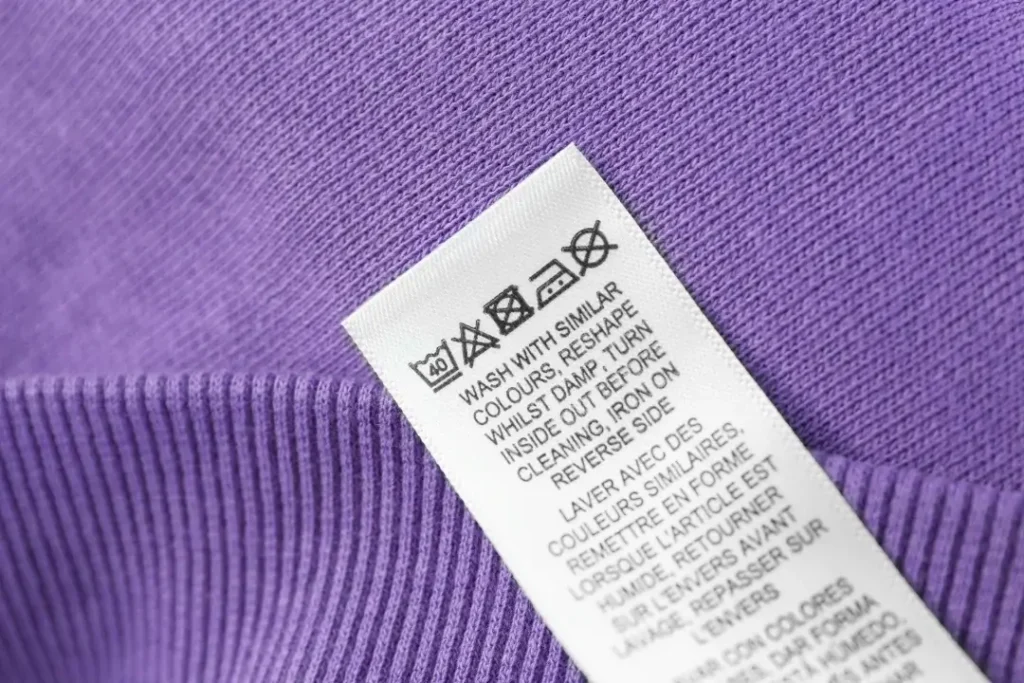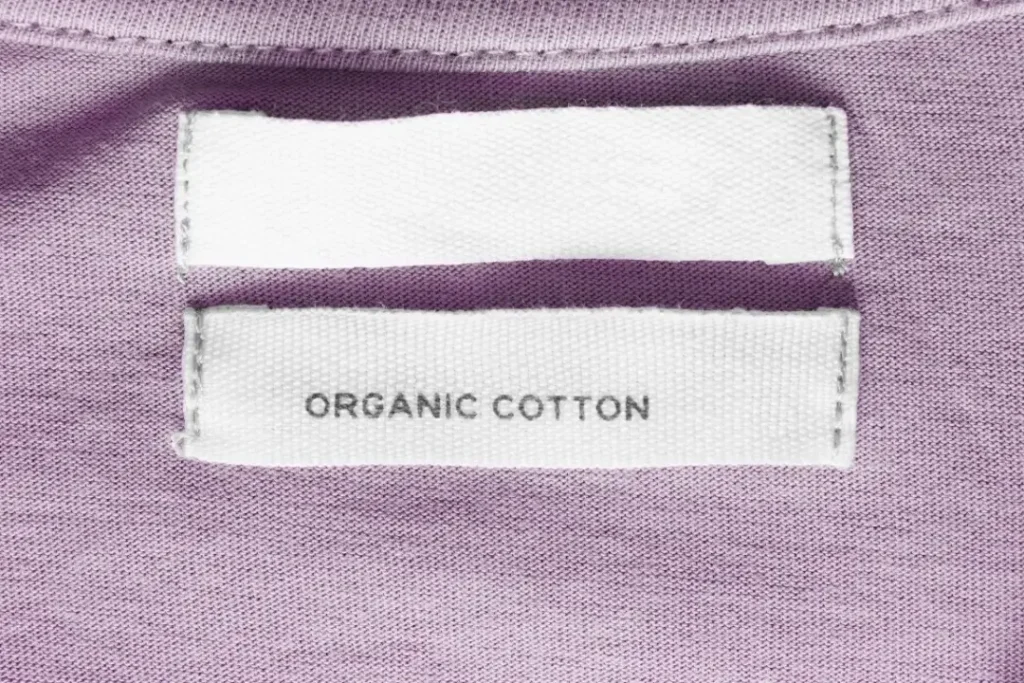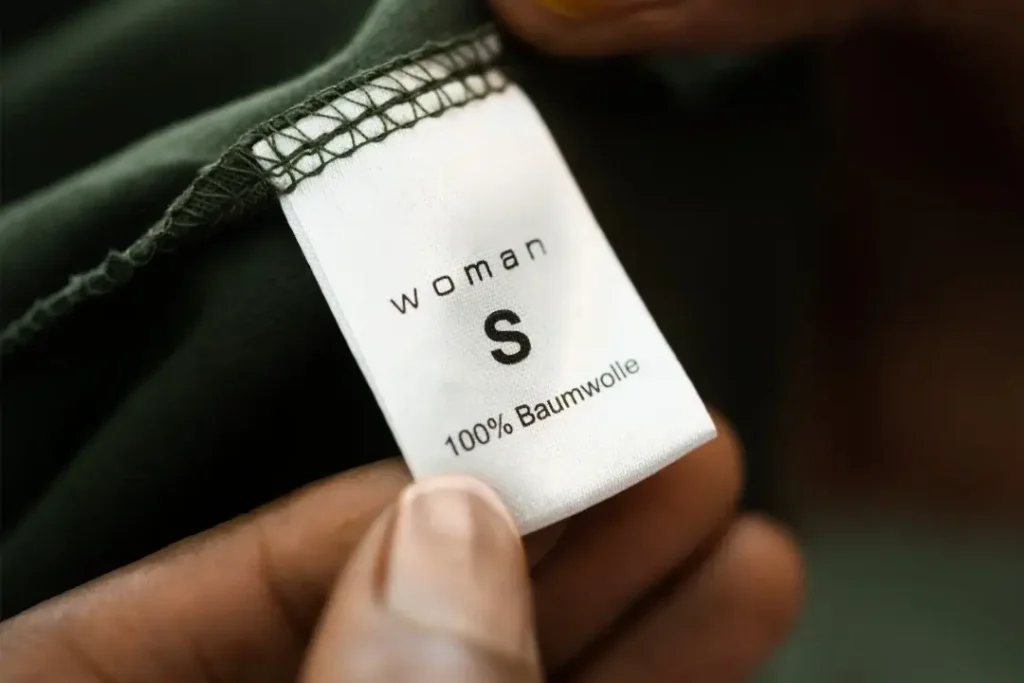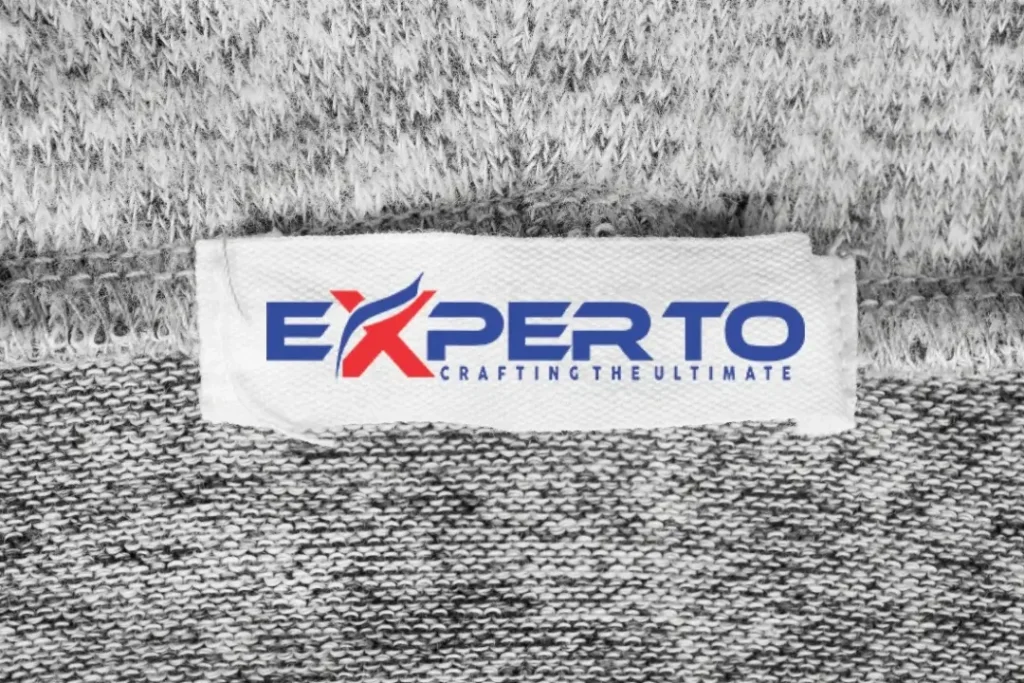
Why Clothing Brands Fail
Top Different Types of Shirts for Women and Men Top Different Types of Shirts for
Maximize Your Brands Potential with the Latest Private Label Clothing Trends to Watch in 2025 That Every Brand Should Know and Utilize!
Private label clothing could be the next game changing option for growing clothing brands due to its growth potential and the latest trends of 2025. Its also a method for brands to create their own identity and meet changing customer requirements. This means one company makes clothes that are sold under another company’s name, letting businesses offer exceptional styles without spending a lot on production. This helps them focus on branding and quickly responding to the market. The private label market is increasing, expected to hit $4.6 trillion by 2027, according to Grand View Research. Euromonitor also shows that private labels make up 17.4% of the global clothing market. This growth is driven by consumers wanting special but affordable fashion and retailers wanting exclusive brand stories. Companies that want to take advantage of this opportunity need to understand these trends to improve their business plans and market presence. In this comprehensive blog, discover the top high quality private label clothing manufacturers trends to watch in 2025, and businesses can find new ways to grow and connect with customers, making them leaders in the competitive fashion market. This approach helps them take advantage of new opportunities, grow faster, and gain an edge in a fast-changing market. With insight, flexibility, and a readiness to innovate, brands can successfully handle the challenges of the fashion industry and create a strong presence that attracts their target customers.

Private-label clothing is now a source of new trends in the fashion world. The latest fashion provides a chance to the brands for invention so they can be distinguished from all others while keeping the wishes of the customers. Now, knowing the revolutions and accepting the trend made in the private label may help them in meeting all the requirements of the targeted customers and get on line with the new trend generated in 2025, which could be followed until the latest days. It can develop the brands by making excellent relations with the educated customers to date
|
Trend
|
Market Growth Projection
|
Key Brands/Examples
|
Sources
|
|---|---|---|---|
|
Sustainable Fashion
|
Significant growth expected
|
Patagonia, Reformation
|
Nielsen, Grand View Research
|
|
Digital Printing Technology
|
12.1% growth by 2025
|
Nike By You
|
MarketsandMarkets
|
|
$517.5 billion by 2025
|
Athleisure
|
Lululemon, Athleta
|
GlobalData
|
|
Plus-Size Fashion
|
$24.5 billion by 2025
|
ASOS Curve, Universal Standard
|
Grand View Research
|
|
Resale Market
|
$64.1 billion by 2025
|
ThredUp
|
ThredUp
|
More consumers demand clothing that is more environmentally friendly. According to a survey, 85% of the customers will take sustainability into consideration when making a purchase. This gives private label brands the best opportunity to adopt the use of eco-friendly materials and ways of production. The availability of organic cotton and recycled materials has been widely wanted after by brands, which are followed by brands like Patagonia. In using such materials, they are fulfilling the customer requirements and forming a positive brand image.

Digital printing technology is changing the clothing sector through advanced designs. It is estimated that this market will increase by 12.1 percent in 2025. This will minimise waste and increase production speed. Personalisation is also producing products that each person has an exclusive design based on his or her style. It makes customers more connected to brands. Brands such as Nike use this to make customers loyal to them.
Everybody is going for comfort these days. At the same time, they want to be stylish for workouts as well as casual events. Athleisure and activewear-fabric are in booming demand, and their market is supposed to grow up to about $517.5 billion by 2025. Thus, private label brands such as Lululemon can be very successful, given that their focus lies on quality, modernisation, and versatility in the design for all active lifestyles of this generation. New brand companies should have fashion and functionality.
The demand for inclusiveness in fashion, especially plus-size clothing, is on the rise and is predicted to hit $24.5 billion by 2025. Private label brands can find their place within this market by offering several sizes. Brands like ASOS Curve are taking the lead and providing stylish options for all sizes. It’s a win-win in the sense that it keeps the customer satisfied while simultaneously helping build a community-based brand and expanding the reach to more customers.
Rising resale and second-hand clothing market The new, sustainable choices are sought by consumers. Therefore, the resale market is expected to grow to $64.1 billion in 2025. Brands can tap into the circular economy through either second-hand products or reselling options. Joining this bandwagon can guarantee brands have an influx of environmentally aware customers and maximize the lifecycle of a product, ultimately saving the earth and catering to a more extensive target audience.

Clothing brands selling their own label have to know what the consumers want. Brands are able to create better strategies connected to their target customers if they understand those preferences. This is one way by which they succeed in the tough market while making a long-term relationship with the consumers.
The growth of the market for private label clothing is being driven by young people. A study reveals that 70% of millennials seek affordability before shopping. Such private labels with good quality at affordable prices demand them, and the brands should also be transparent about their values. They need to employ smart marketing such as social media and influencers to capture their emotions.
More elders are ageing day after day, and that automatically makes a higher requirement of clothes for the elder group or people with special abilities. This will serve as a big opportunity for the private labelling brands to bring some elegant yet comfortable outfits with fewer complications while putting them on. Targeting the customers in this range will provide evidence that this brand values everyone and develops their fame as a fashion label in the market.
Online shopping is becoming more common in retail and eventually will be 22.3% of total retail by 2025. Convenience and pleasantness should characterise private label brands while shopping online. This includes having user-friendly websites, good delivery systems, and helpful customer service. Using data can also help brands understand what customers want, permitting them to improve their products and services.
Social media is very crucial for defining what consumers like and buy. Private label brands can influence these sites in reaching customers, showcasing products, and building a following. Content from users is especially effective because it gains people’s trust. This can be raised with the creation of entertaining campaigns and interesting posts, which ultimately qualify the brands to spread and become known. Private label brands can attain more reach by having an influential presence on social media and further combining its position in the online marketplace.

|
Consumer Segment
|
Driving Factor
|
Implications for Brands
|
Sources
|
|---|---|---|---|
|
Millennials and Gen Z
|
Affordability
|
Focus on quality at competitive prices
|
Nielsen
|
|
Aging Population
|
Need for adaptive clothing
|
Develop comfortable, stylish options for seniors
|
Industry Reports
|
|
Online Shoppers
|
Convenience
|
Enhance online shopping experience with user-friendly platforms
|
Statista
|
In the private label clothing niche market, supply chain and manufacturing trends are really important for brands to meet the needs of customers and have good quality. By following these trends like nearshoring, local production, digital technology, and automation, the brands can work more proficiently and respond better
Nearshoring and local production will be some of the other key strategies brands will undertake to become flexible. Since products are closer to home, brands reduce their production time and respond fast to fashion trends and customer likings. This closeness also supports the aspect of quality control. Shipping distances are shorter, and the problems that arise due to shipping are lesser; thus, brands can keep their products consistent and up to high-quality standards. This is especially helpful for private label brands that want to stand out with great quality and quick responses.
For example, nearshoring has been used positively by American private label apparel manufacturers to improve the firm’s operations and market outlook. Since the products are now manufactured locally, it can easily change its inventory and monitor closely the manufacturing process. That also has a low effect on the environment because emissions are lower due to transportation as well as boosts local economies, which consumers find attractive, especially if they care for sustainability and community support.
Adding AI and robotics to manufacturing will bring new change to the clothing industry, making it a very effective and advanced project. With these technologies, routine tasks can be automated in factories, certifying precision and better resource management. AI predicts maintenance requirements and demand, which lessens delay and guarantees timely products for delivery. Robotics increases faster assembly lines and fewer errors. Technologies that can be applied to private labels will help lower the production costs as well as reduce time in manufacturing. This means more time to achieve exclusive designs and market distinctiveness.
Companies like Lectra and Gerber Technology are leading the way in digitalization, offering superior tools for garment production. They provide smart design solutions, precise cutting, and effective production planning. Private label brands can enjoy modern facilities and expertise when they partner with these high-tech manufacturers, making the supply chain strong, flexible, and ready to grow with market demand.
|
Pros
|
Cons
|
|---|---|
|
Higher profit margins due to reduced production costs
|
Brand recognition may be lower compared to established brands
|
|
Ability to quickly respond to market trends
|
Risk of quality inconsistency if not managed properly
|
|
Opportunity for brand differentiation
|
Dependence on third-party manufacturers can lead to supply chain issues
|

Competition in private label clothing commands that successful brands must smartly grow and be visible. This part covers two of the most important strategies partnerships and the use of consumer data to guide design.
Partnering with influencers and content creators is a nice way in which private labels can get more people around and have higher visibility. Brands partner with people whose social media following is wide, and they share the values of such a brand for them to reach trustworthy customers. It is through collaborations that show real brand stories and put products in common-life settings. The influencer builds trust and encourages consumers to take action through recommending the brand.
A good example is Supreme and Nike. The union of Supreme streetwear-fabric with Nike athletic identity attracts all the fans of the brands. Using each other’s strengths to create excitement and exclusivity, they build their brands. Private label brands also form partnerships with others in order to strengthen their market presence and connect with consumers.
In today’s digital world, the importance of consumer data is important for producing products that have an attraction to the targeted audience. Data-driven design is one approach where information relating to the behaviour, favourite, and trend of a consumer is included in the development process of the product. Thus, using data like purchases and reviews, brands could make decisions that better line up with the requirements of consumers and trends that could be seen ahead. Such an approach maximises relevance, minimises leftovers, and develops customers’ satisfaction.
Stitch Fix is an excellent example of how data can be well used in the fashion industry. The company uses data analysis to give customers individualised styling suggestions, meaning customers receive the clothing they need based on their perceptions and lifestyles. Using extensive information about its customers, Stitch Fix can increase its inventory and design processes, meaning that its products meet the expectations of the consumers. Private label brands can also benefit from data-driven design as it makes collections responsive to market trends, hence a flexible and consumer-focused business
Success and growth require keeping new private label clothing trends to watch in 2025 and what customers want in mind about the changing world of private label clothing. The research has identified a number of highly important trends, such as eco-friendliness, digital printing, comfort clothes, inclusiveness, resale markets, and how the age of the customer and the habits of shopping count. Being an eco-friendly business is no longer a trend but rather a necessity in the modern world, where all businesses need to compete over green products and fair practices to be differentiated from their challengers. Customisation through the new digital printing and data tools helps businesses reach their customers by offering the customers’ perception-matching products. Other things make supply chains work better and faster to aid brands in meeting what customers want the use of technology and automation in manufacturing and bringing production closer to home. These are the strategies private label brands must use if they want to stay competitive and increase market share. The use of strategies focusing on being eco-friendly, use of technology, and knowing what the customer wants benefits businesses build a strong market presence and maintain long-lasting relationships with customers and partners in the industry. It is a time for businesses to catch these opportunities and outdistance others to find their positions in the increasing private label clothing market.
Production should be focused on environment-friendly garments in 2025. Consideration must be given to technology in making clothing according to the specific needs of an individual. Inclusive clothing lines want to be introduced. All of these trends match with what customers want: environmentally friendly, custom-fit, and inclusionary clothing.
Suppliers and retailers could collaborate on market information concerning the making of environmentally friendly materials and personalised designs to help them meet the customers’ needs in no time. They could also partner on technology, such as AI management of stock, helping them better their operations and quality.
Trends such as bringing the production closer to the market and using digital tools change the management of supply chains by increasing delivery speeds and quality. Businesses must apply these strategies to make their supply chains much stronger and respond to market demands better.
Expert Custom Clothing Manufcaturer

Top Different Types of Shirts for Women and Men Top Different Types of Shirts for

What You Must Know About Clothing Samples? Before You Produce a Single Garment: What You

How Much Does It Cost To Make a Hoodie A Complete Cost Breakdown for Custom

Discover the Types of Buttons Discover the Types of Buttons That Transform Style and Functionality
Most Recent Posts
Expert Custom Clothing Manufcaturer
Join our Mailing list!
Get all latest news, exclusive deals and updates.